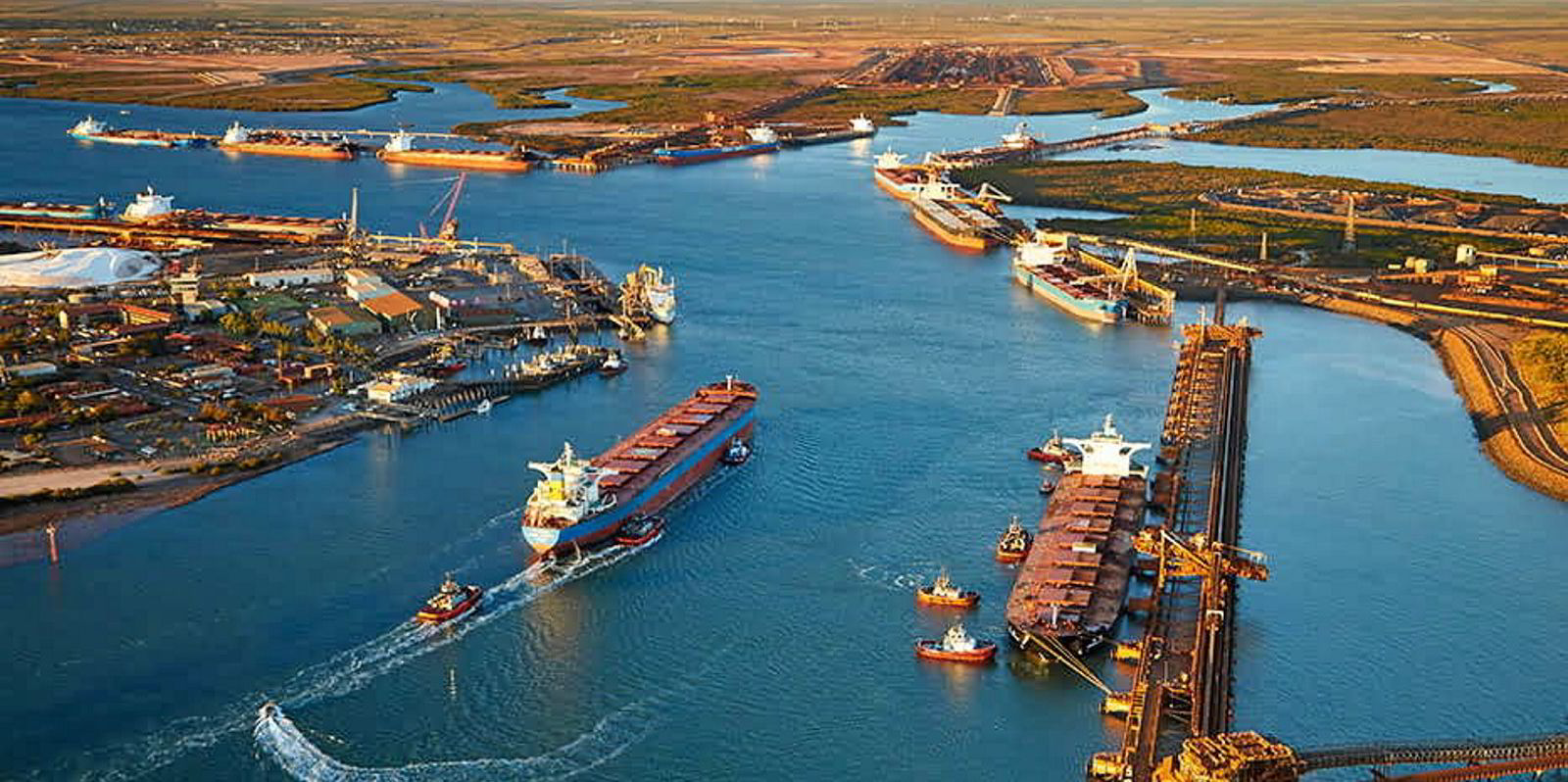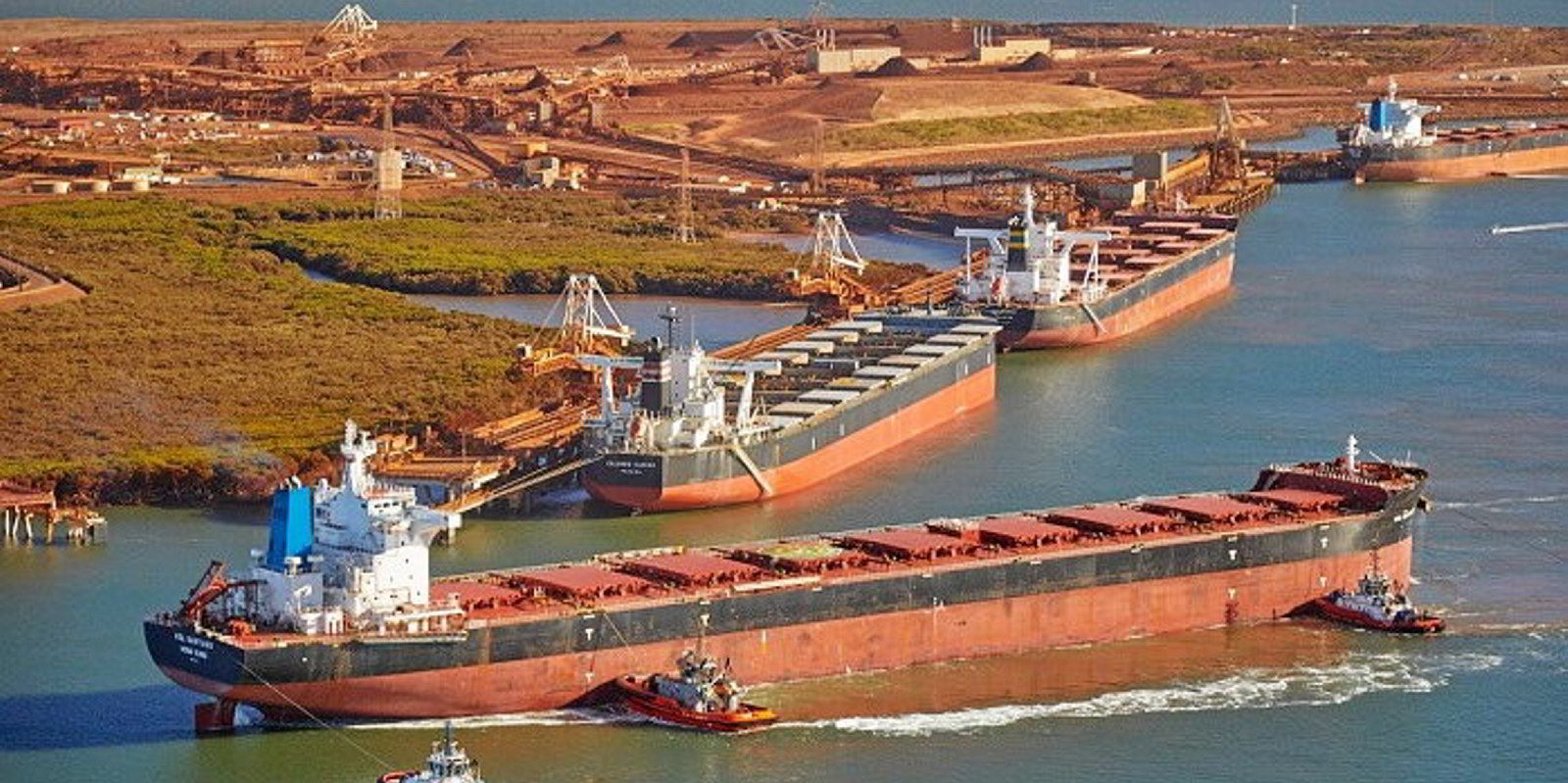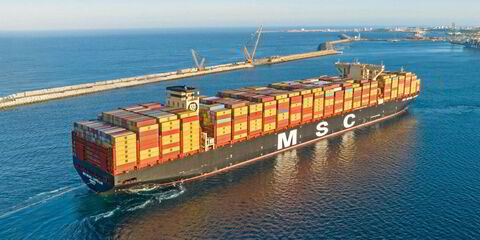Pilbara in Western Australia has emerged as a potential site for a major green bunkering facility that would be able to serve the Australia to China capesize trade.
A study by Lloyd’s Register, on behalf of Yara Clean Ammonia and Pilbara Ports, found the region had the potential for using clean ammonia to refuel ships, particularly iron ore carriers.
The study looked at key areas including the estimated demand and likely availability of ammonia as a replacement shipping fuel.
The potential risks and regulatory requirements for ammonia bunkering at the ports were also considered.
“Key results of the study show that safe ammonia bunkering is both economically and operationally viable within the Pilbara region,” said Pilbara Ports Authority.
“The study indicated that ship-to-ship bunkering operations could be performed within acceptable risk levels at anchorages in Dampier and Port Hedland.
“Moreover, the study confirms that existing ammonia production and export infrastructure within the Pilbara [region], such as [Yara Clean Ammonia]’s Karratha plant and Pilbara Ports’ Bulk Liquids Berth at Dampier, could be leveraged to initiate bunkering operations in the near term,” it added.
The results are also said to have shown that demand for ammonia as a fuel to decarbonise the international iron ore trade could reach a potential of 1m to 1.5m tonnes in 2035.
Yara Clean Ammonia senior vice president of commercial Murali Srinivasan said the level of demand reflected the push by iron ore miners and the steel industry to decarbonise.
“The study has shown that a key enabler for meeting this demand is [Yara Clean Ammonia]’s existing assets, including the world-scale Yara Pilbara Fertilizers ammonia plant near Karratha,” he said.
“[Yara Clean Ammonia] is vigorously exploring options to ramp up volumes of clean and low carbon ammonia to lay the foundation for a reliable supply chain to serve the emerging shipping fuel market.”
Pilbara Ports chief executive Samuel McSkimming said that, with the carbon reduction efforts in the steel industry supply chain, bulk carriers are a “natural starting point for the early adoption of alternative marine fuels”.
Pilbara handled more than 6,800 vessel visits last year, giving it the scale of operations that “cannot be found anywhere else in the world”, said McSkimming.
“It makes the Pilbara’s ports the natural beachhead from which the global bulk carrier fleet will decarbonise,” he added.
The route between Western Australia and East Asia has already been highlighted as a potential green corridor by some of the shipping industry’s largest players.
In May 2023, a study by a group involving BHP, Rio Tinto, Oldendorff Carriers and Star Bulk Carriers said ships powered by clean ammonia could be deployed on the route by 2028 and swiftly accelerate to 5% of capacity by 2030.





